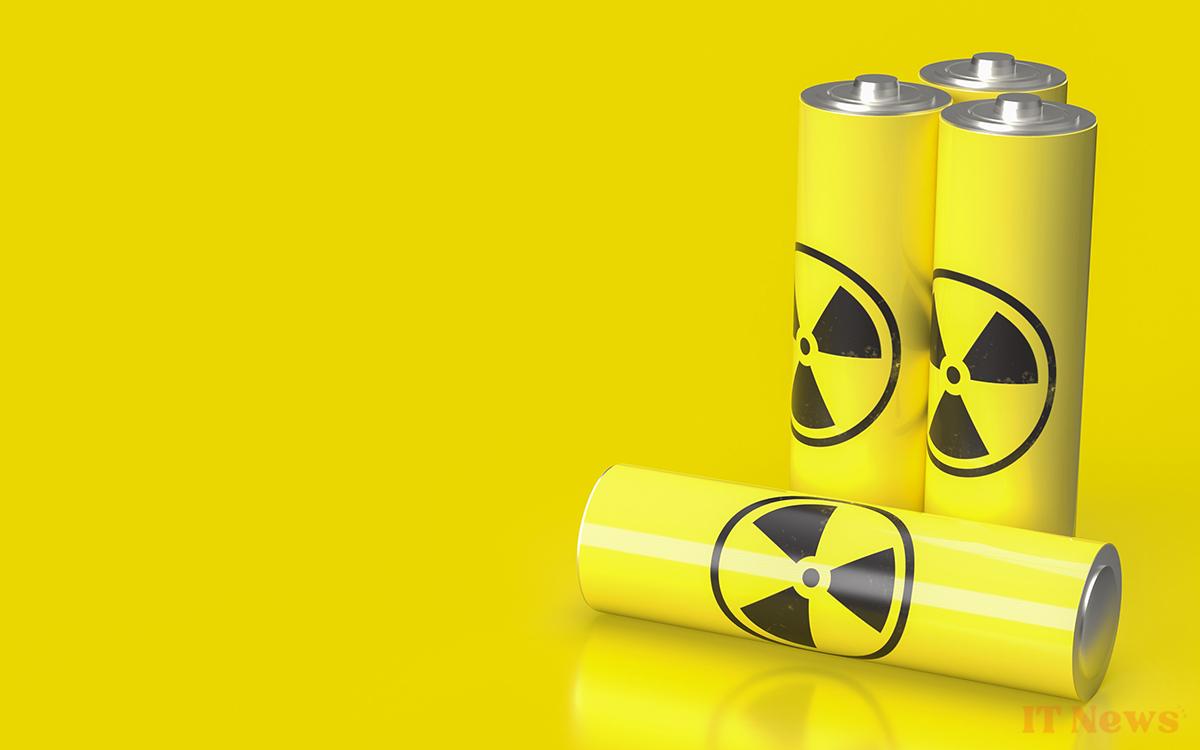Researchers have developed a very small and, above all, very safe nuclear battery, more so than our current lithium-ion batteries. It can produce energy for several thousand years.
Everything is good for producing energy. There's no question of missing out on the slightest chance to manufacture the battery of the future, one that will be both efficient and environmentally friendly. Some imagine it based on wood and human warmth, others want to rehabilitate abandoned mines to transform them into giant electricity generators. And alongside these rather exotic proposals, we find nuclear power. The idea is not new, since the first battery of this kind was born in the United States in 1954.
But today, we are mainly looking to propose one that poses no risk due to the radiation emitted. This is the point that the teams at the Daegu Gyeongbuk Institute of Science and Technology in South Korea have been looking into. The result? A nuclear battery no bigger than a paracetamol tablet, working for several thousand years, and, according to its creators, safe for users.
Researchers create a nuclear battery safer than lithium-ions
The object is made with carbon 14, a material that emits what are called beta particles that will produce electricity. Let's be clear, the quantity The energy output is very low on paper, 0.4% of what is needed to run a basic calculator. However, many devices are quite happy with this: pacemakers, microprocessors, RFID tags, environmental sensors... The possibilities are much more numerous than you think.
Read also – Tired of having to recharge your devices? This nuclear battery has a guaranteed lifetime of autonomy
As for the safety aspect, you should know that the beta particles emitted by carbon 14 are already present all around us, including inside our own bodies. All it takes is a sheet of aluminum foil, or even just paper, to block the radiation produced. In addition, no flammable materials are used in the battery design, which greatly minimizes the risk of accidents. It will of course be several years before consumer versions of the device arrive, as with any advancement of this kind.
Source: American Chemical Society




0 Comments